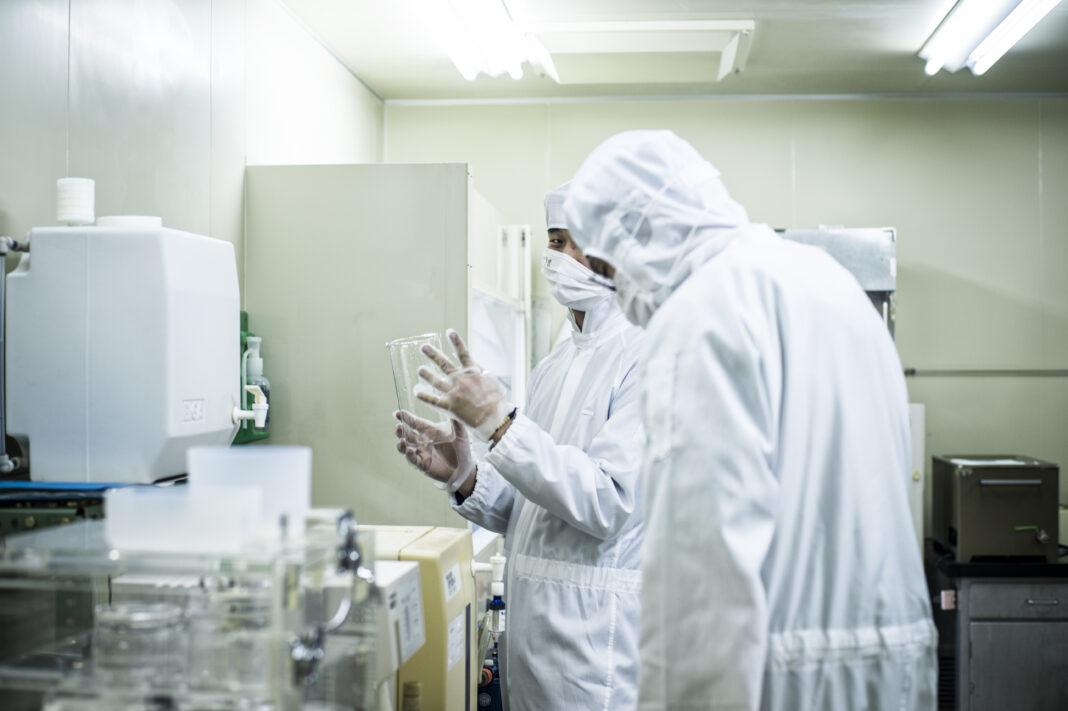Zachary Sun, PhD, co-founder and CSO of Tierra Biosciences, spoke last year at SynBioBeta about cell-free protein synthesis. He and Mike Nemzek, CEO of Tierra, speak to GEN about the potential for this technology to replace conventional bioreactor-based manufacturing.
How does cell-free protein manufacturing work?
Zach: The cell-free manufacturing process is different from cellular manufacturing as we’re reducing biology to chemistry. We make E.coli extract by growing bacterial cells and breaking them into proteins that can do transcription and translation. Next, we supply ATP and other basic ingredients to make a protein, such as nucleotides. These ingredients can be used to make protein [but need instructions]—so, we also put in DNA.

These ingredients go into the freezer as “bricks” and, to manufacture protein, we take the “bricks” out of the freezer and add water.
What are the benefits over cellular manufacturing?
Zach: You don’t need to keep cells alive, which means you need less infrastructure compared with cellular bioprocessing. Manufacturing can be more distributed and agile than using cells in large factories.
Mike: There are huge speed advantages. When you’re scaling up bioproduction, you can go much faster with cell-free systems. You can also make proteins you can’t make in cells, such as cytotoxic proteins, and classes of complicated proteins.
With these advantages, why isn’t everyone using cell-free systems?
Zach: The disadvantage of cell-free is higher costs. Cells are good at growing and dividing, but cell-free systems can’t do that. When you look at the cost structure, we can be competitive on a time-cost basis making grams of protein but, once you move to making kilos, you’re looking at large-scale [cellular] manufacturing.
Do you see the costs reducing over time?

Zach: I think the cost will come down over time as systems become more efficient. Even at Tierra, we’ve been able to bring costs down from $200,000 a gram to under $1,000 a gram.
Where do you see the future applications of cell-free biomanufacturing?
Zach: Much as I love cell-free manufacturing, for a typical commodity chemical, it’s probably going to remain a cellular biomanufacturing world. But cell-free manufacturing will win for many applications in the pharmaceutical space, such as complicated biologics or orphan drugs, if not on pure cost, then on reduced time to market.
Mike: There are 7,000 rare diseases and cell-free manufacturing will provide a path for those to be treated.



